When talking about getting the right colours in your photos the best place to start is to talk about white balance. If you don’t know what white balance is, how to adjust it on your camera, or why you would want to in the first place, then this article will help.
Adjusting the white balance in photos can make a huge difference in the visual experience. The correct white balance in a photo means that what you saw with your naked eye matches what is represented in the photo.
You may ask why the camera doesn’t automatically capture the same colours that you see. After all, you are looking at the same thing your camera is looking at, right? Wrong!
The human eye actually processes then adjusts the colours you see to take into account the type of light and conditions under which it is working. While some cameras have an auto feature that makes a guess as to the type of light, these cameras are yet to replicate the level of adjustment to light that the human eye is capable of. This simply means that different light sources produce different “colours” or “temperatures” of light. This is due to the different ways or extents to which they bend or make light (a lesson for another day perhaps!). What you need to know is how to correct some of the most frequently used types of light.
Thinking of the light as temperature may help you understand how to adjust the white balance. Like a room, if the photo is “cooler” (everything seems to have tints of blues, greens, or greys) then you are going to need to “heat up” the photo by adjusting the settings to warmer. The opposite is true if the photo is “warmer” (everything seems to have a tint of reds, pinks, oranges, or yellows).
Here are some of the basic types of light you may encounter. Most cameras have some or all of these settings. It may be worth checking your camera’s manual to find out more.
Tungsten
These are lights and lamps that use bulbs or incandescent light. If you’ve ever looked extra pink or maybe even orange in a photo, you probably took them with a few lamps on or next to bulb lights. The tungsten setting on your camera is usually identified with a light bulb. Using this will cool down this “warm” lighting.
Fluorescent
Fluorescent lights are what are usually used in industrial buildings such as schools or offices. The Fluorescent setting on your camera is usually identified with a rectangular light source with rays coming off the top and bottom. Much like the lights sometimes used in changing rooms, fluorescent lights can make your skin appear gray, green or bluish. Using the Fluorescent setting will warm up this “cool” lighting.
Daylight/Sunny
Daylight is not always a setting on every camera but if you have it the conditions can best be described as your normal setting. It is self-explanatory so we won’t waste time telling you anything other than, if you’re an adamant auto-setting user and find yourself standing in nice pleasant midday sun, give it a try. It’s always good to try it and see the difference between the two.
Cloudy
Cloudy settings are usually cooler. The setting for cloudy days is very similar to the setting for fluorescent lights except cloudy days can require even more “warming up” than fluorescent lights.
Flash
The Flash setting for white balance is symbolized by a bolt of lightning. It takes the cooler temperature of the burst of flash from your camera or an attached flash and warms it up. The flash setting warms up a cool situation and is somewhere between the daylight cool and the cooler cloudy day situation.
Shade
The shade setting for white balance is symbolized by a house with diagonal lines from the side to the ground next to it. This setting is typically the coolest of the setting and provides the most warming up of all the normal settings.
Manual Adjustments
Most cameras have preset white balance controls that will do the trick of making your whites whiter, but if you have a super fancy camera such as a DSLR or high end point and shoot you may have a manual adjustment for making your whites precisely white. Simply take a photo then select which part of the photo is supposed to be true white then the camera will make an adjustment. If you are shooting something like a wedding and want to make sure the whites look their whitest you can spend a little cash on some white (or gray) cards that you can photograph to make sure you’re actually photographing something that is true white. A cheaper option is to photograph a piece of white paper.
Exceptions to the Rules
Sometimes you may not want your whites to be exactly as you saw them. There is no rule that says you cannot use any of the settings for a different condition than it was intended. Using the opposite settings as recommended can intensify the colours making whites redder or bluer depending on which way you take them. Feel free to try it out!
About the Author:
Karyn Sailstad wrote this article on behalf of Koodibook (koodibook.com) which is designed to preserve and share memories in a unique way with photobook creation. The KoodibooK software allows users to access your photos quickly from wherever they are stored and use them to create photobooks that can be previewed in 3-D, published online and printed professionally.
Like This Article?
Don't Miss The Next One!
Join over 100,000 photographers of all experience levels who receive our free photography tips and articles to stay current:
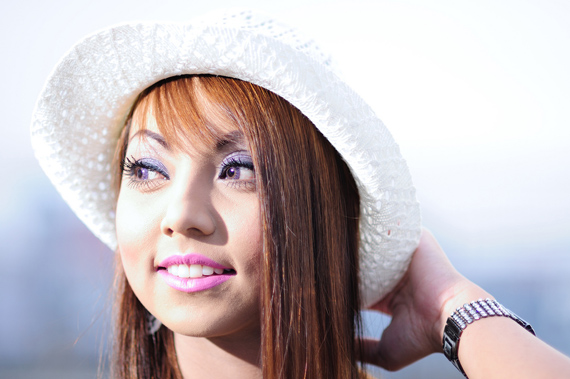
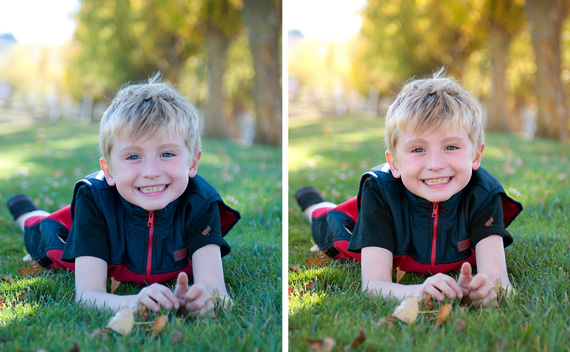
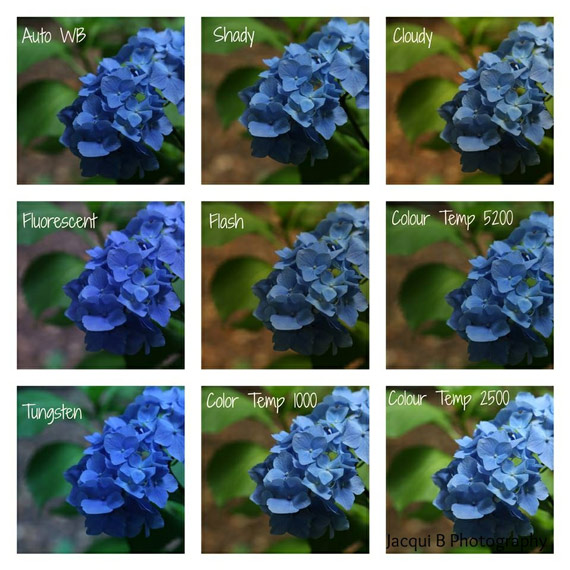
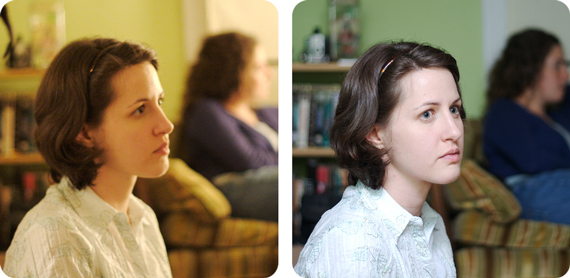
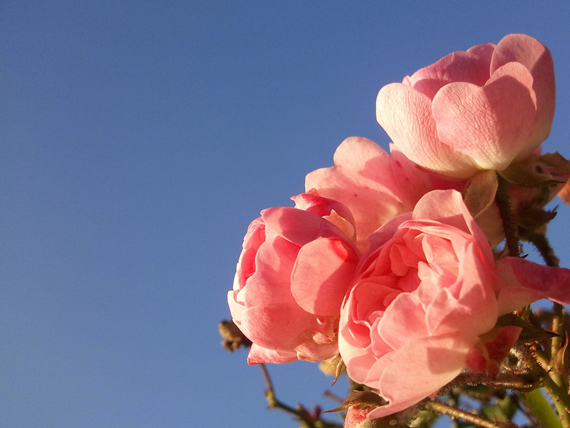
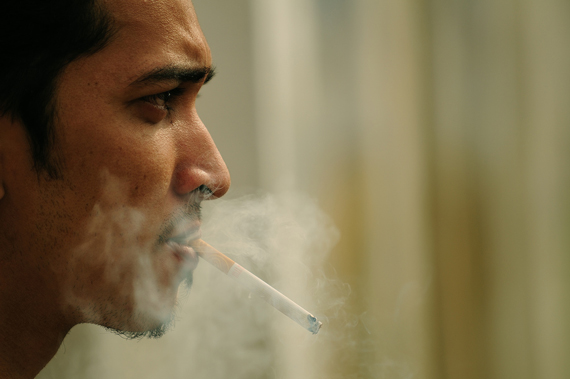
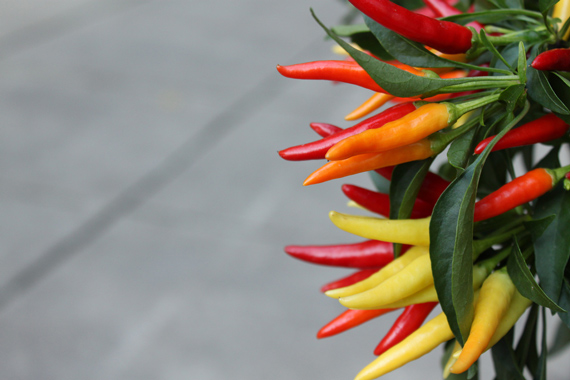






I don’t believe that my “human eye… adjusts the colours [I] see.” I am very aware of color temperature. I suspect that most photographers develop this awareness, and some people have always had it.
When I am in an environment with soft white light, that’s what I see, but it’s everywhere. It’s even effecting the color of the photos on my wall. If those were white balanced, then the light from the too-warm bulbs is affecting the colors of those photos exactly the same way that it’s affecting everything else in the room, so it’s tolerably similar, but not changed by my eyes.
Why would anyone wait for golden hour, if their eyes were going to override the colors anyway?
I submitted my comment by mistake. I would have deleted that last sentence. Thank you.
Some say it’s the “eye” that adjusts, some say it’s in the “brain,” point is, you DO adjust to a “normal” WB. If you’ve been inside with a bunch of tungsten–especially low-light, like in a theater–and then suddenly go outside, the world will be blue-shifted for a few seconds while you adjust.
I make temari (embroidered thread balls), and I’ve got one that’s got a design in blue and three shades of purple. Thing is, in dim light, your eyes will try to convince you it’s red, yellow, green and blue–that you’re just seeing it in a different “white balance” than you really are.
I took a class from a photographer named Donald Hood that invented this device, so I bought one. It works so well. It makes custom white balance so easy. I love it. http://www.shop.somaprophoto.com/
Oh sorry it is called and eagle I or eagle eye.
Lightbulbs with fluorine gas?!? Almost lost it on that one. Fluorine is one of the most toxic, corrosive elements you’ll find. They are not filling fluorescent tubes with it. Just because the words share a few letters doesn’t make it so.